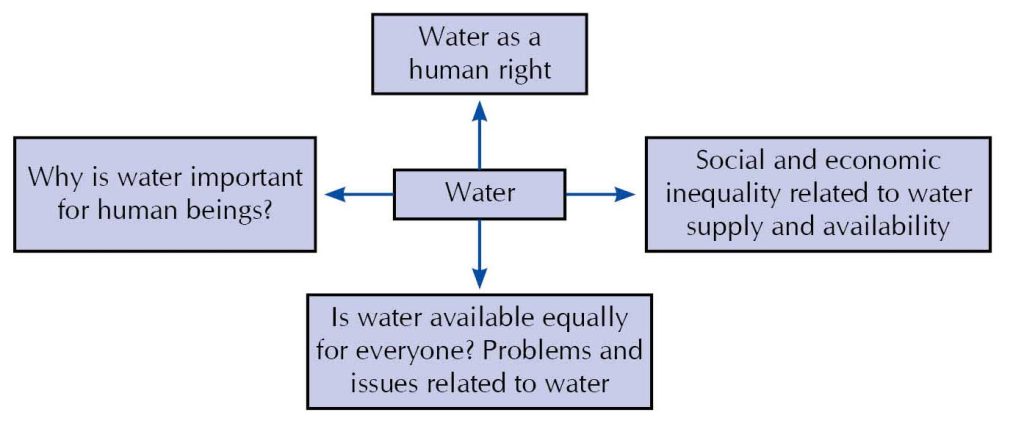Indira Subramanian
When I talk to school teachers of social science in India, I’m often struck by the differing names by which they call the subject, ranging from social studies, social sciences or just plain old social! While some may argue that this is an issue of semantics and nothing but hair splitting, a closer scrutiny is justified keeping in mind that the nomenclature of the subject is closely related to its curricular goals and purposes. It is also worth remembering that across the world, this K-12 subject eludes definitional consensus and is contested in terms of its overall aims and content. Hence, these offer compelling reasons to understand the difference between social science and social studies.
Before we go into the differences, it may help to examine some of the common overlaps between social science and social studies. Firstly, both involve content matter from a number of subjects, namely history, geography, political science, sociology, economics, and the like. Secondly, they also deal with themes of citizenship and matters concerning society. A third area of convergence is that they deal with normative issues and values such as freedom, responsibility, trust, etc.
However, the divergence emerges largely in the approaches taken to study these areas. Social science makes an assertion to preserve the disciplinary methodologies that make up the subject, be it history, geography, or economics. For example, a study of history may thus entail an examination of primary and secondary sources, while geography may lend itself to a study of the physical environment and its relationship with human settlements. On the other hand, social studies adopts an integrated approach where content matter is woven around the chosen topic but with a blurring of disciplinary methodologies.
Let us unpack this further with an example around the same topic – water – via two distinct approaches – that of social science and social studies. The two diagrams, Figure 1 and Figure 2, illustrate how the difference in the two approaches may result in different learning outcomes.

Figure 1: An approach to studying water in geography (social science approach)

Figure 2. A study of water taking a social studies approach
This raises the question: What are the implications of these two different approaches in the classroom? For students, depending on the approach, learning outcomes may vary with students developing distinct disciplinary based skills or the development of knowledge across subjects using unifying concepts. Another consequence is that while the discipline based approach emphasizes depth of knowledge, the integrated approach may foster breadth of knowledge.
For teachers, the choice between a discipline and integrated approach may play out in terms of teacher knowledge and preparation. It is likely that most teachers may have a disciplinary base in one or two subjects that make up the content areas of social science (e.g., in history, geography, political science, etc.). This would require them to develop their knowledge base in the other disciplines through other ways, such as professional development workshops, coaching, or mentoring by senior subject colleagues. In terms of an integrated approach, teachers may have to develop a finer and rounded understanding of contemporary issues and challenges, so that they are able to offer a plurality of perspectives to students.
Regardless of the approach, it is imperative that teachers study the curriculum framework, curricular objectives and its rationale statement closely to develop a shared understanding on the goals of the subject. This would be the starting point for a congruence between stated curricular purposes and classroom implementation towards a more authentic attainment of the stated subject objectives. More often than not, teachers tend to remain oblivious of this vital document and treat the subject as a list of topics from a textbook, thus obfuscating the intended subject goals.
So, the next time someone states the nomenclature of the subject, it may just be worthwhile to pay closer attention to how and why they describe the subject as such, and a good starting point to discuss their interpretations of each. After all, it may be worth considering that what and how we teach is closely related to how it is named, and that is no simple matter.
The author is an educational researcher and teacher educator. She can be contacted at indira.ttf@gmail.com.
